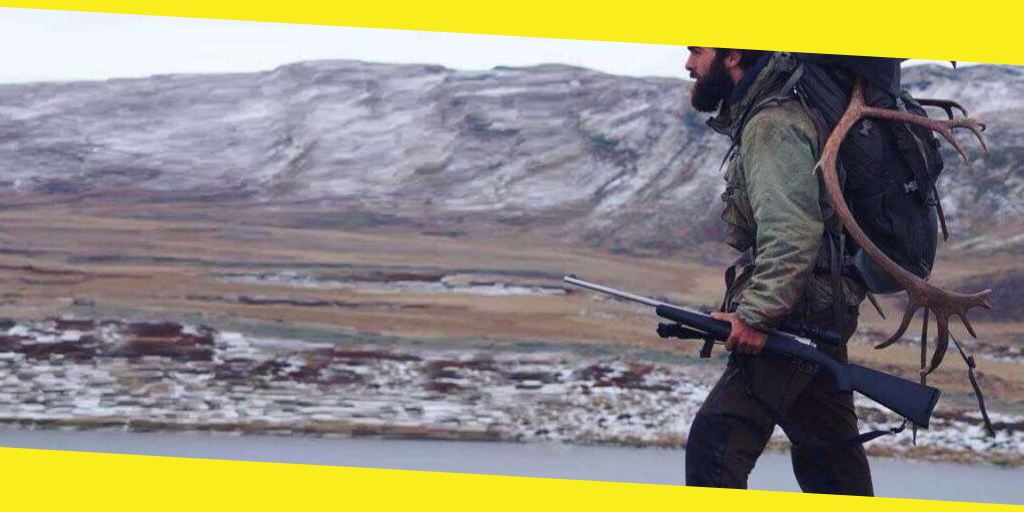Backcountry Hunting Basics: A Beginner’s Kit List
This post was last updated on May 23rd, 2022

So, you’re thinking of taking your first steps out into the wilderness of the backcountry? Exciting times are ahead of you. Nothing beats the thrill of overcoming the terrain to track and trap your prize.
But one of the biggest challenges is knowing what equipment to take into the backcountry. You’ll be walking a long way, so you need to minimize your pack weight. At the same time, you need to be prepared for exposure to the elements and a variety of scenarios that could play out during your wilderness hunt.
Here are some things any intermediate hunter needs to think about before they set out for the wilds. And if you want the best of the best at low prices that fit your budget, Visit TX Fowlers.
Contents
ToggleClothing and Boots
Prioritize your boots, base layer and outer wear. Don’t be tempted to cut corners when it comes to these. Keeping yourself dry is a top priority when you’re traipsing through wet and wild country.
One hallmark of high-quality gear is a return warranty. You’ll find these offered by the likes of SKRE Extreme Mountain Gear on all of their products, including their merino wool base layers. If you are looking for the best survival bow, you can check online.
Backpack
With enough prep, you should be able to fit a week’s worth of kit into a basic 50-65 liter bag and still have space to store any meat. Don’t be tempted to go for an outsized backpack. You’re not on the trail anymore. You’ll probably be travelling over tough terrain, crossing creeks and scrambling up slopes to keep up with your target animals.
Make sure you try before you buy. Bring some equipment and load up the pack in-store to help work out if it’s a good fit.
Sleeping System
This is a decision you’ll need to make based on your backcountry hunting location and the season you plan to hunt in. A good winter sleeping bag is going to look different to a fair weather one. If you’re only plumping for one, err on the side of caution and choose the warmer option. Fill weights are often a better guide to temperature suitability than the stated range on the product.
Out in the backcountry, a lot of hunters favor a straightforward two to three man tunnel tent complete with a large vestibule to store equipment.
Optics
It pays to take on a little extra weight with your binoculars. If you can spot animals at a greater distance, you’re going to be better able to track them and predict their movements.
Rifle
It’s not about size, it’s about how you use it. Your choice of gun will probably have less practical impact on your success rate than some of the other things mentioned on this list. Practice makes perfect so don’t neglect your range time and spend time firing from field positions to acclimatize.
Beyond this, stick with a simple lightweight smooth-feeding rifle and leave the long-range ammo at home. If you’re tracking deer, you’re very likely to stumble across them at short notice.
Grit and Determination
Of course, backcountry hunting is not for the faint of heart. You’ll need a clean bill of health, good fitness levels and basic survival skills. You may well find yourself overpacking at first and gradually scale back what you take out into the wilderness. Everyone has to start somewhere and it’s all about working out what works for you.
You may like this
Recommended For You
Get the Best No Deposit Bonus Deals for Crypto Slots
Most Inside
Most Inside offers high-quality recommendations and valuable updates to enhance all aspects of your life, providing premium guidance and enriching experiences.




